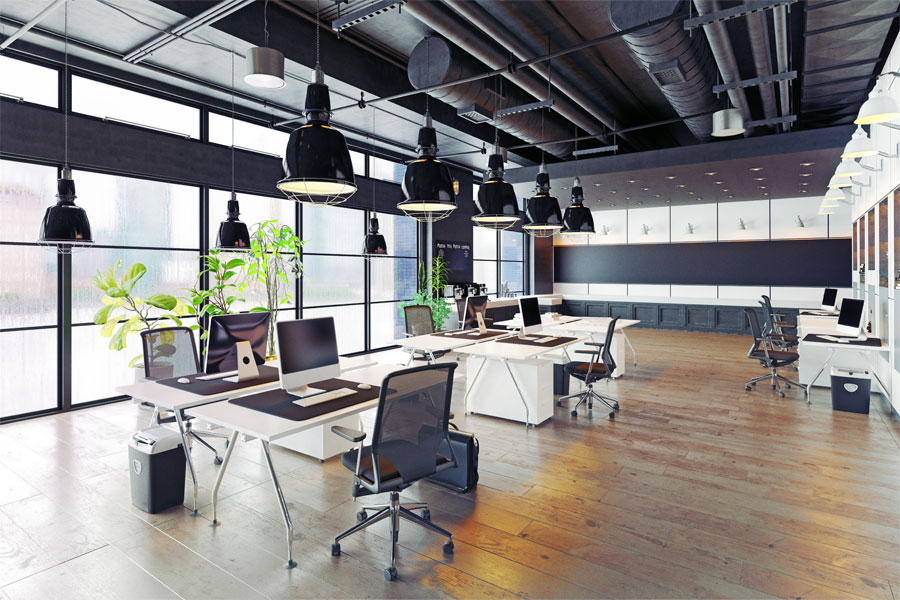In the dynamic landscape of modern corporate environments, the conference room is more than just a space for meetings—it’s a strategic hub for collaboration, decision-making, and innovation. As businesses recognize the pivotal role these rooms play, the demand for strategic Conference Room Designs that enhance productivity and foster innovation is on the rise.
Purpose-Driven Layouts
Strategic conference room design starts with a clear understanding of the room’s purpose. Whether it’s for brainstorming sessions, client presentations, or team collaboration, tailoring the layout to serve specific needs is crucial. Versatile furniture arrangements, movable partitions, and integrated technology support adaptability.
Integrated Technology
Seamless integration of cutting-edge technology is non-negotiable in Modern Conference Rooms. From high-definition video conferencing systems to interactive displays and smart lighting, a technologically advanced setup ensures efficient communication and collaboration, both locally and globally.
Ergonomic Furniture Solutions
Productive meetings require comfortable seating and functional furniture. Ergonomically designed chairs and adaptable tables create an environment where participants can focus on the agenda at hand. Thoughtful furniture selection contributes to the overall aesthetic and functionality of the conference room.
Dynamic Lighting Solutions
Strategic lighting design can significantly impact the mood and energy in a conference room. Implementing dynamic lighting solutions that allow for different settings, such as bright and energetic or subdued and focused, can enhance the overall atmosphere and support the meeting’s objectives.
Brand Identity Integration
Conference rooms serve as an extension of a company’s brand. Strategic Interior Designs incorporate brand colors, logos, and themes, creating a cohesive and professional atmosphere. This not only reinforces brand identity but also leaves a lasting impression on clients and collaborators.
Acoustic Considerations
Effective communication requires a quiet and focused environment. Strategic conference room designs address acoustic challenges through the use of sound-absorbing materials, acoustic panels, and appropriate room layouts. This ensures that discussions remain confidential and free from external disturbances.
Creative Collaborative Spaces
Encouraging creativity and innovation often requires breaking away from traditional setups. Incorporating creative collaborative spaces within the conference room, such as writable walls, brainstorming areas, or flexible seating arrangements, fosters a culture of innovation and dynamic problem-solving.
Sustainable Design Practices
Sustainability is a key consideration in contemporary interior design. From energy-efficient lighting to Eco-Friendly Furniture and materials, incorporating sustainable practices into conference room design aligns with corporate responsibility goals while creating a healthier workspace.
User-Friendly Controls
Streamlining the user experience is paramount. Intuitive controls for technology, lighting, and climate create a user-friendly environment, allowing meetings to start promptly without technical disruptions. This attention to detail enhances efficiency and ensures a smooth meeting experience.
Future-Ready Flexibility
Strategic conference room designs are future-ready for Commercial Interior. They anticipate changes in technology, work styles, and business needs. Flexible designs that can adapt to evolving requirements ensure that the conference room remains a relevant and valuable asset for the long term.
In conclusion, strategic conference room designs go beyond aesthetics; they are a vital component of corporate success. By integrating purpose-driven layouts, advanced technology, ergonomic furniture, and sustainable practices, these spaces become catalysts for productivity, innovation, and successful collaboration.




